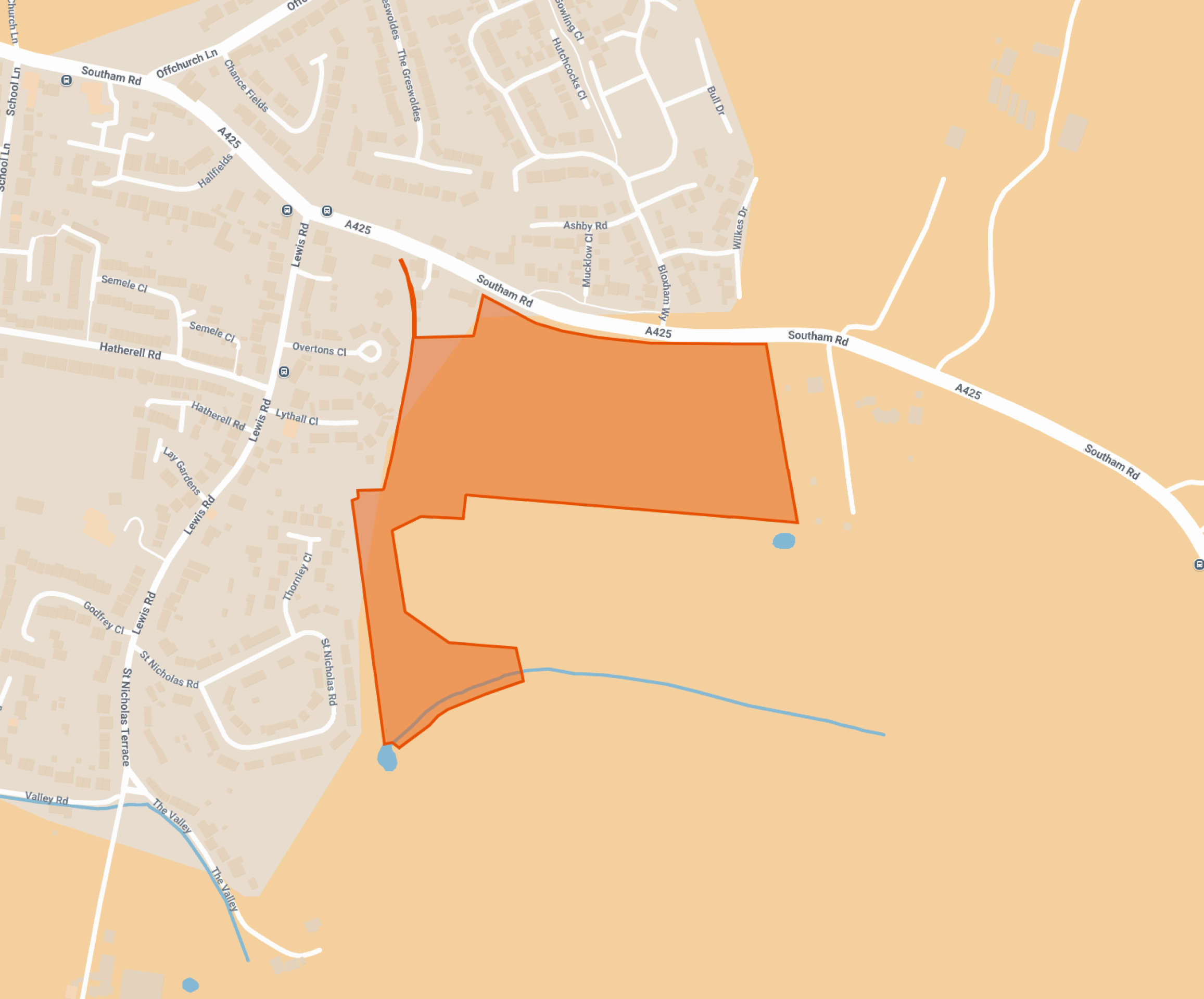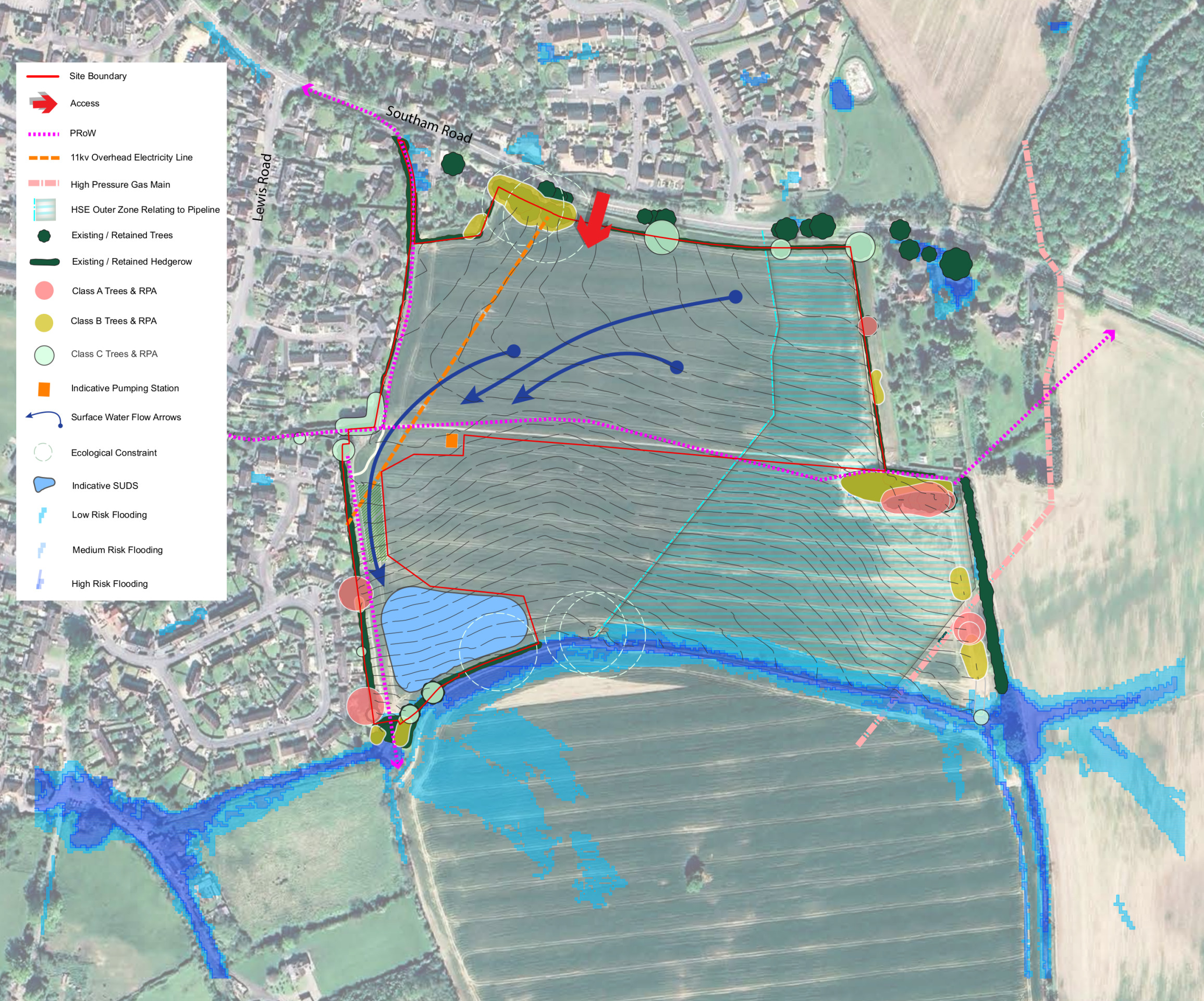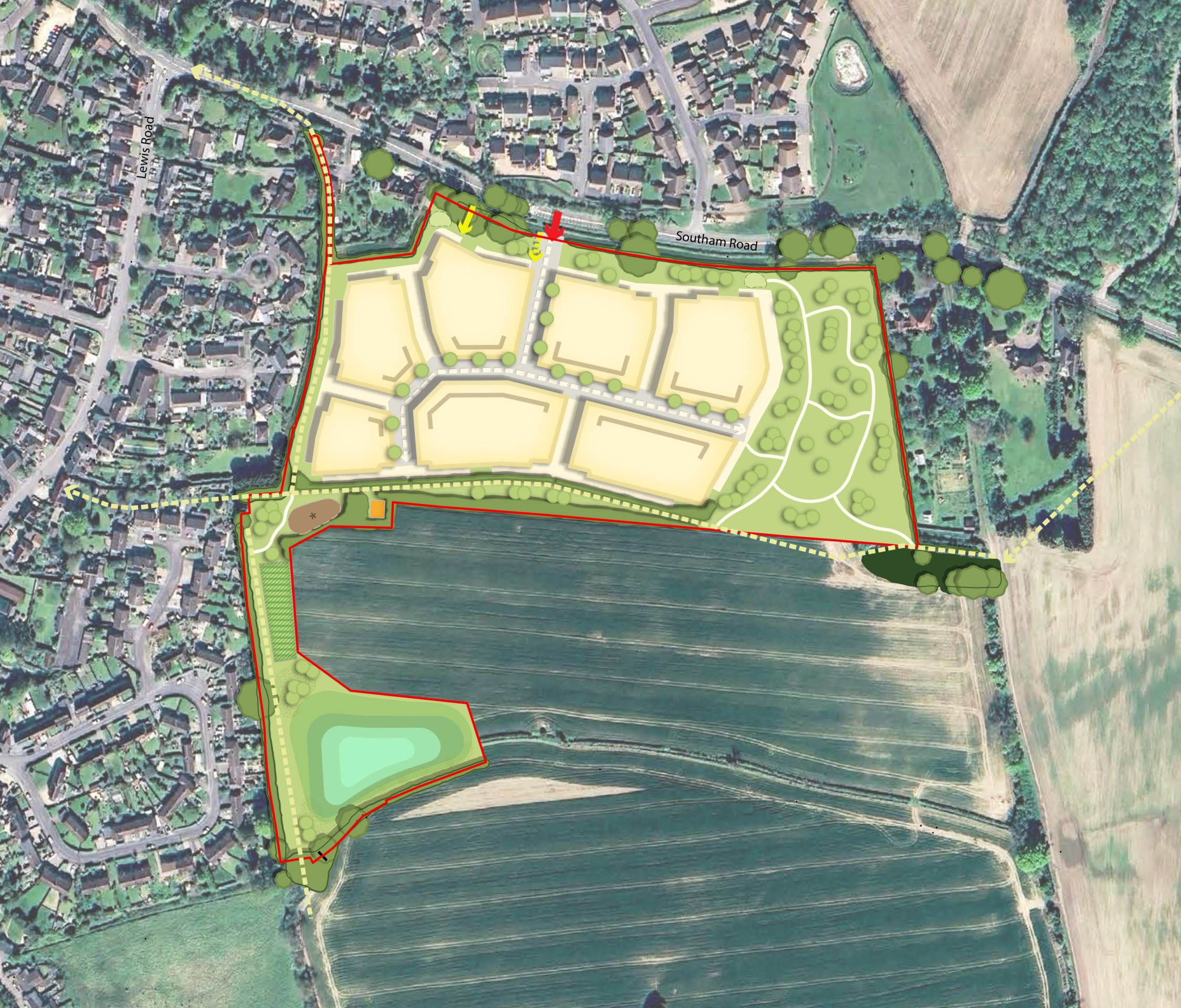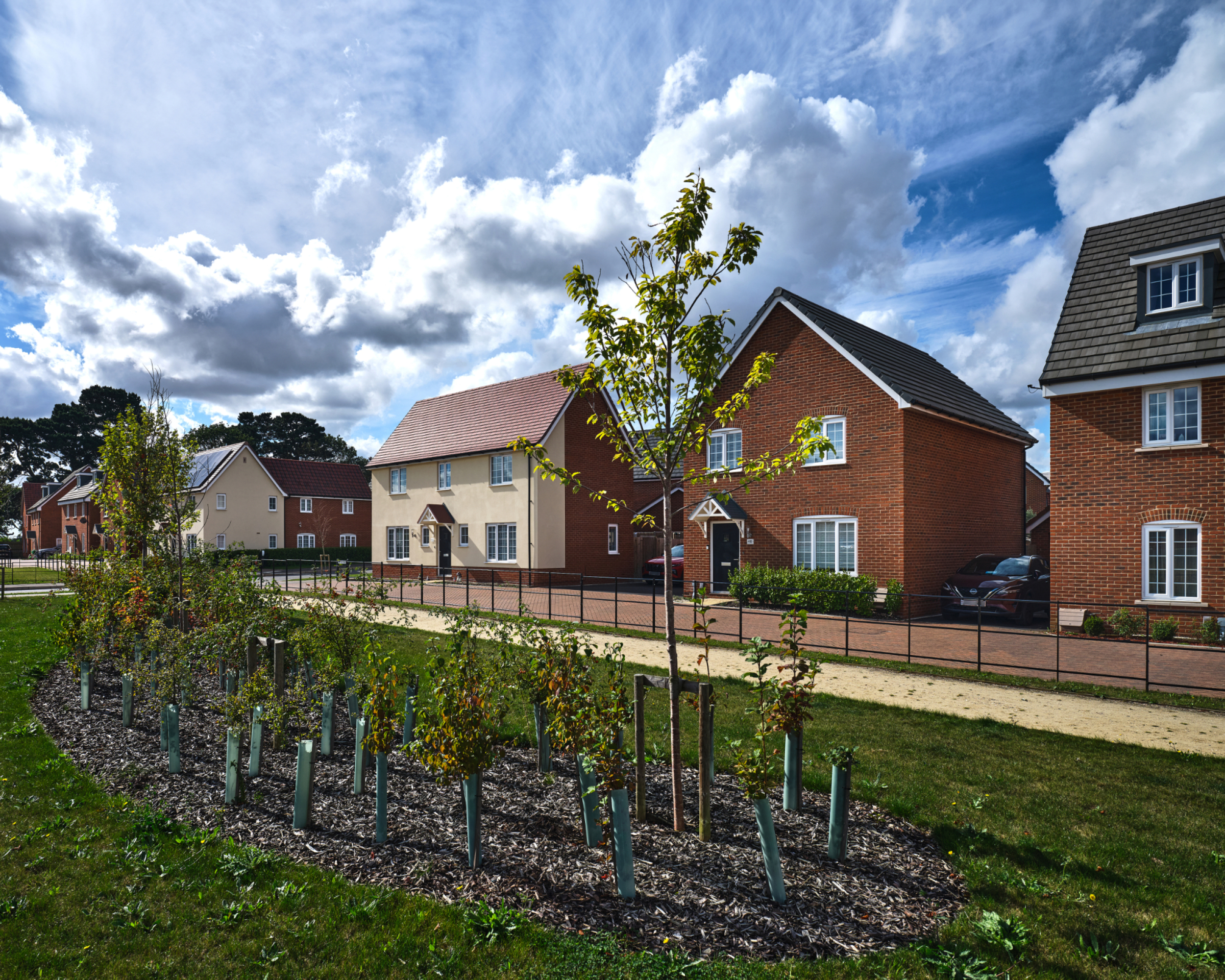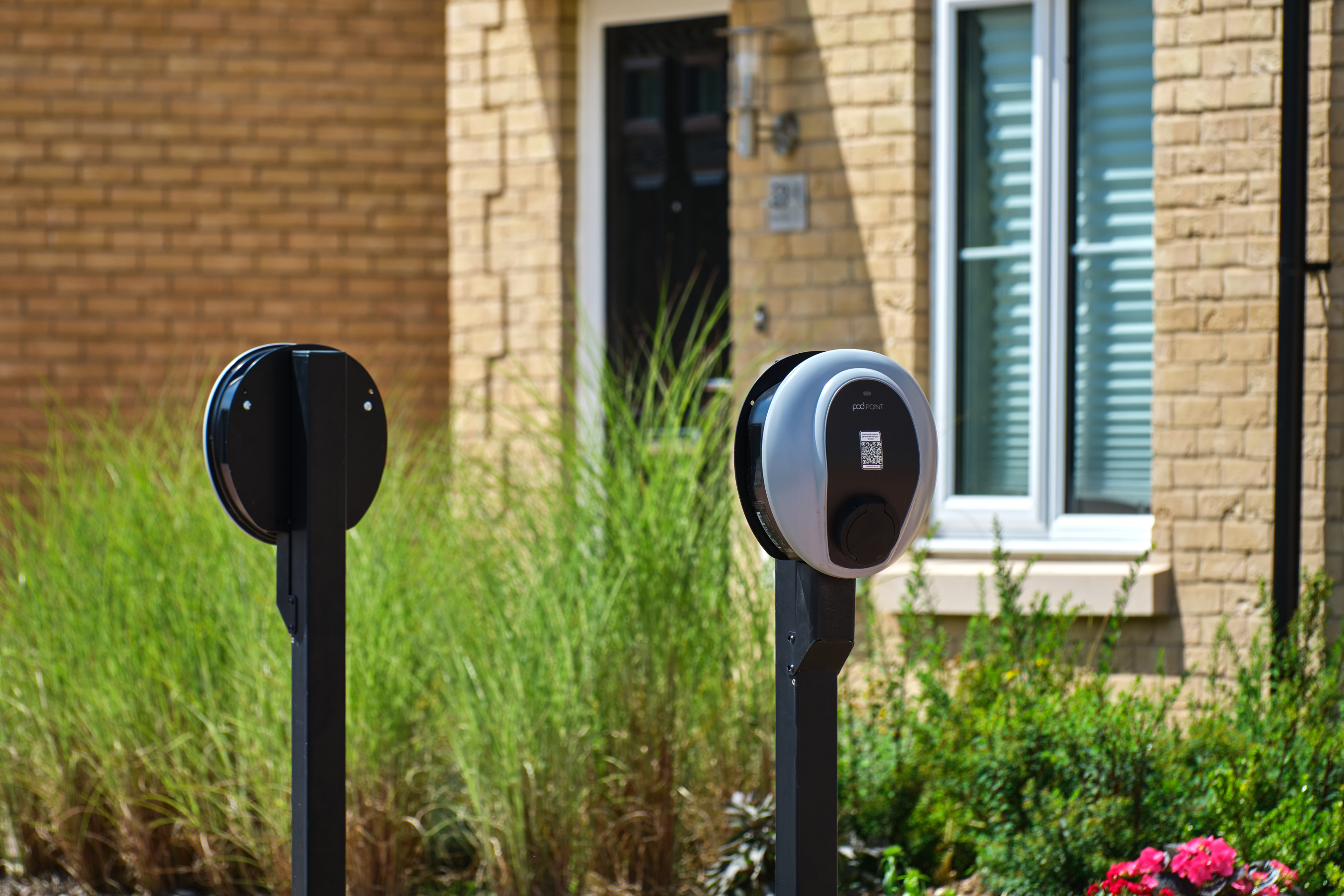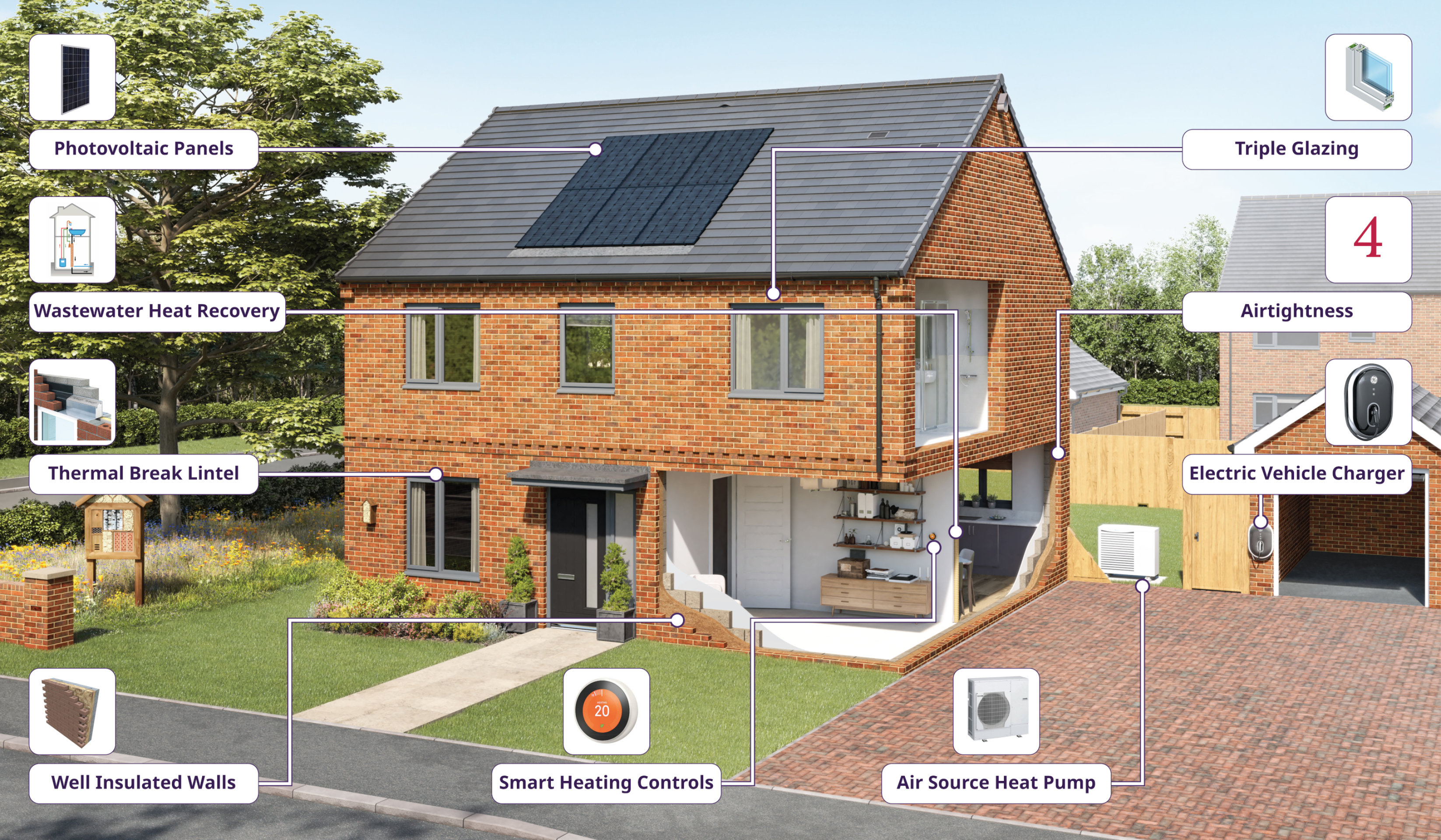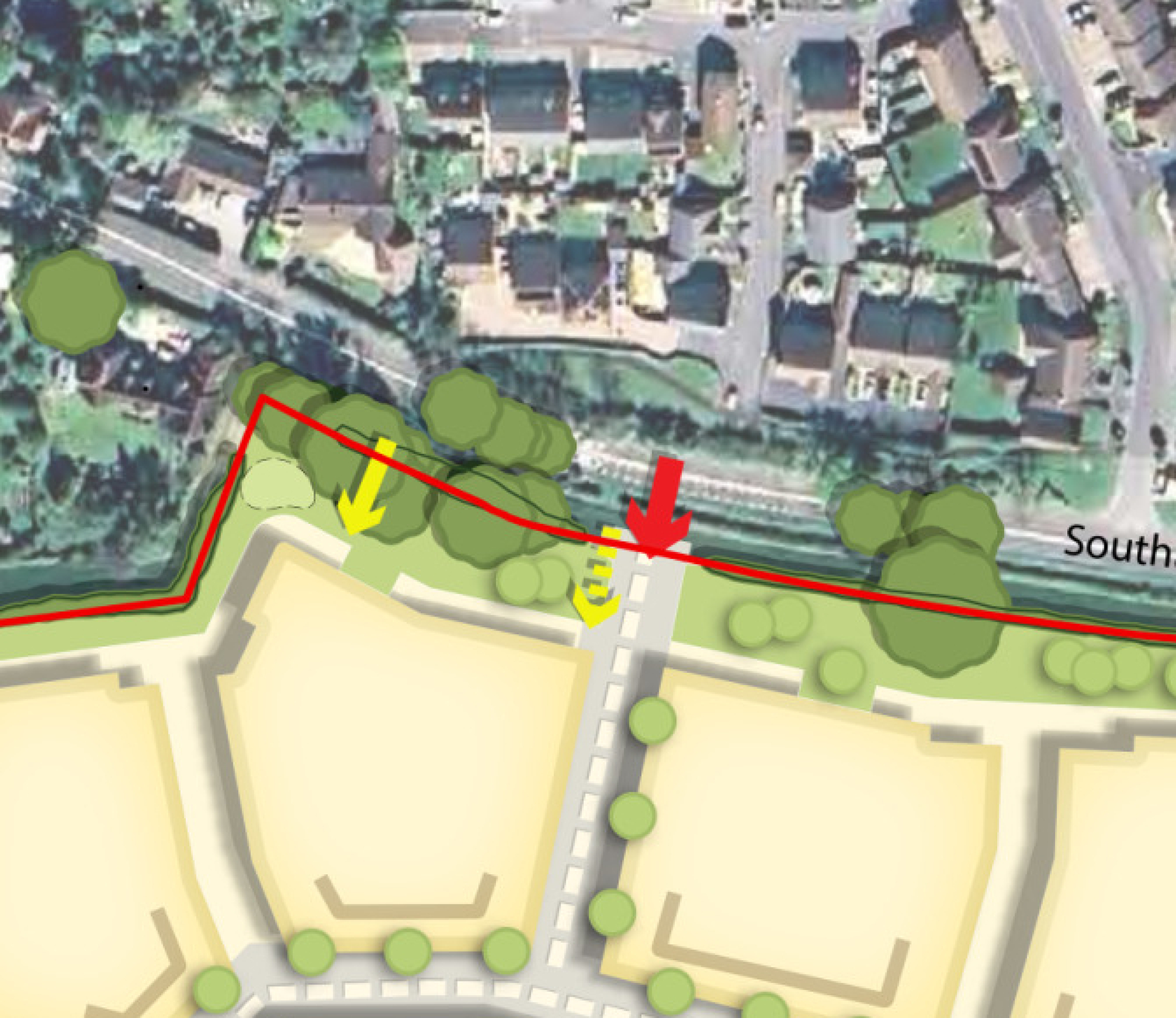About Taylor Wimpey
Taylor Wimpey was formed by the merger of George Wimpey and Taylor Woodrow in 2007. With a history dating back to the 19th Century, Taylor Wimpey is one of the largest homebuilders in the UK. Our aim is to be the nation’s leading residential developer for creating value and delivering quality. We are passionate about working with local people, businesses, local authorities and our customers to build aspirational homes.
Find you more about Taylor Wimpey at www.taylorwimpey.co.uk.
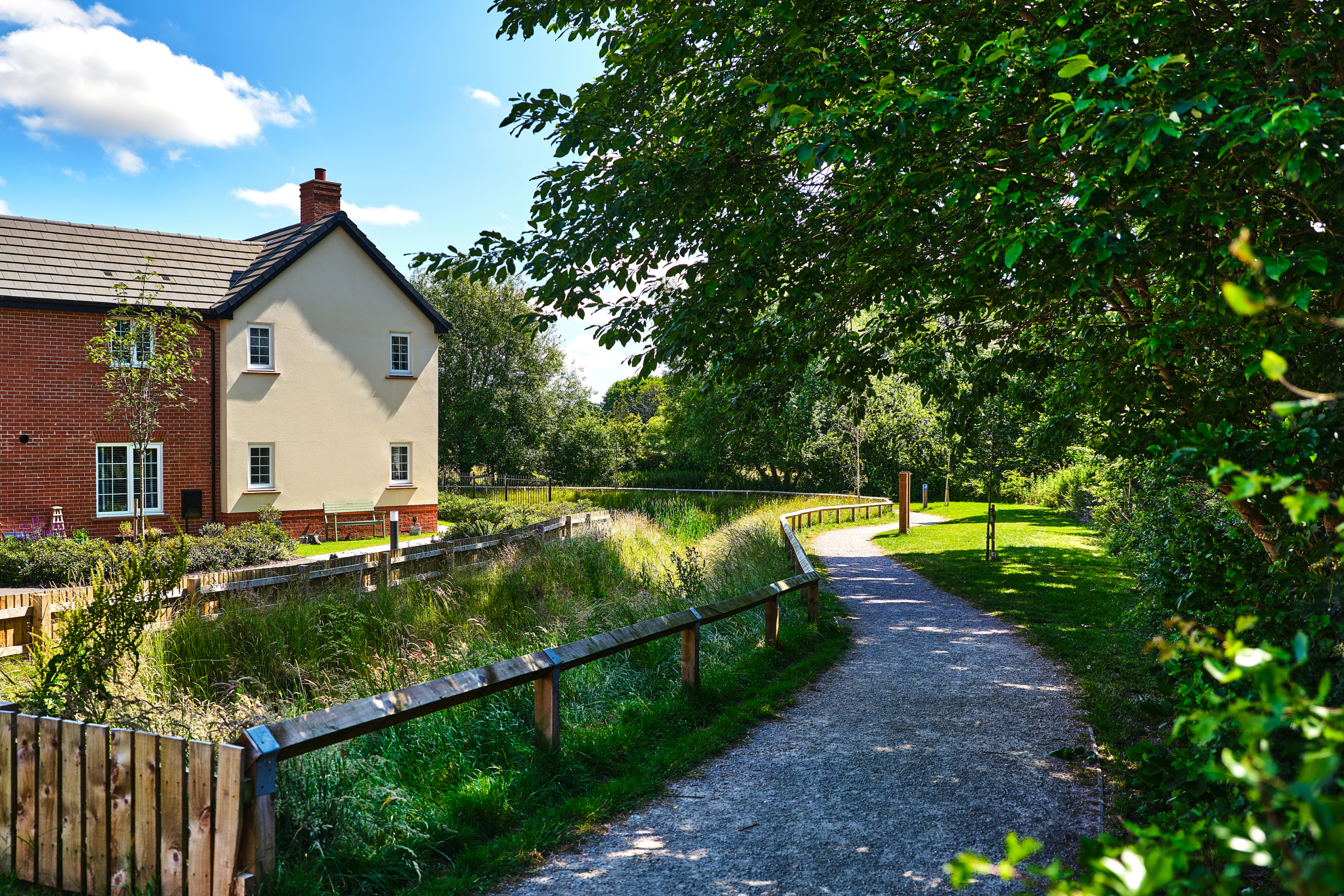
The site
The circa 7.73 hectare (ha) site is located on the eastern edge of Radford Semele within the authority of Warwick District Council. The site is bound by Southam Road to the north, the existing settlement to the west, a large residential property to the east and open fields to the south.
The site consists of a large agricultural field which is utilised for arable farming and as such is of relatively low biodiversity value. Higher value habitats, including mature trees and hedgerows, enclose the site on the north, east and western edges, and a public right of way runs along the southern and western boundaries. The development proposals will retain existing mature trees and the majority of hedgerows, alongside the incorporation of additional new planting.
The site is approximately 500m from the local centre of Radford Semele, which contains a community centre, pub, small shops, church and recreation ground. The site is approximately 3km from the centre of Leamington Spa, with regular bus services to Leamington Spa running from Southam Road.
Planning policy context
The site is located outside the green belt and occupies a highly sustainable location on the edge of the settlement boundary of Radford Semele. As such, it is being promoted through the emerging South Warwickshire Local Plan.
Increased housing targets for Warwick District
Changes to the National Planning Policy Framework (NPPF) announced by the Government in late 2024 has significantly increased the number of homes Warwick District will need to deliver, from 653 to 1,062 homes per year.
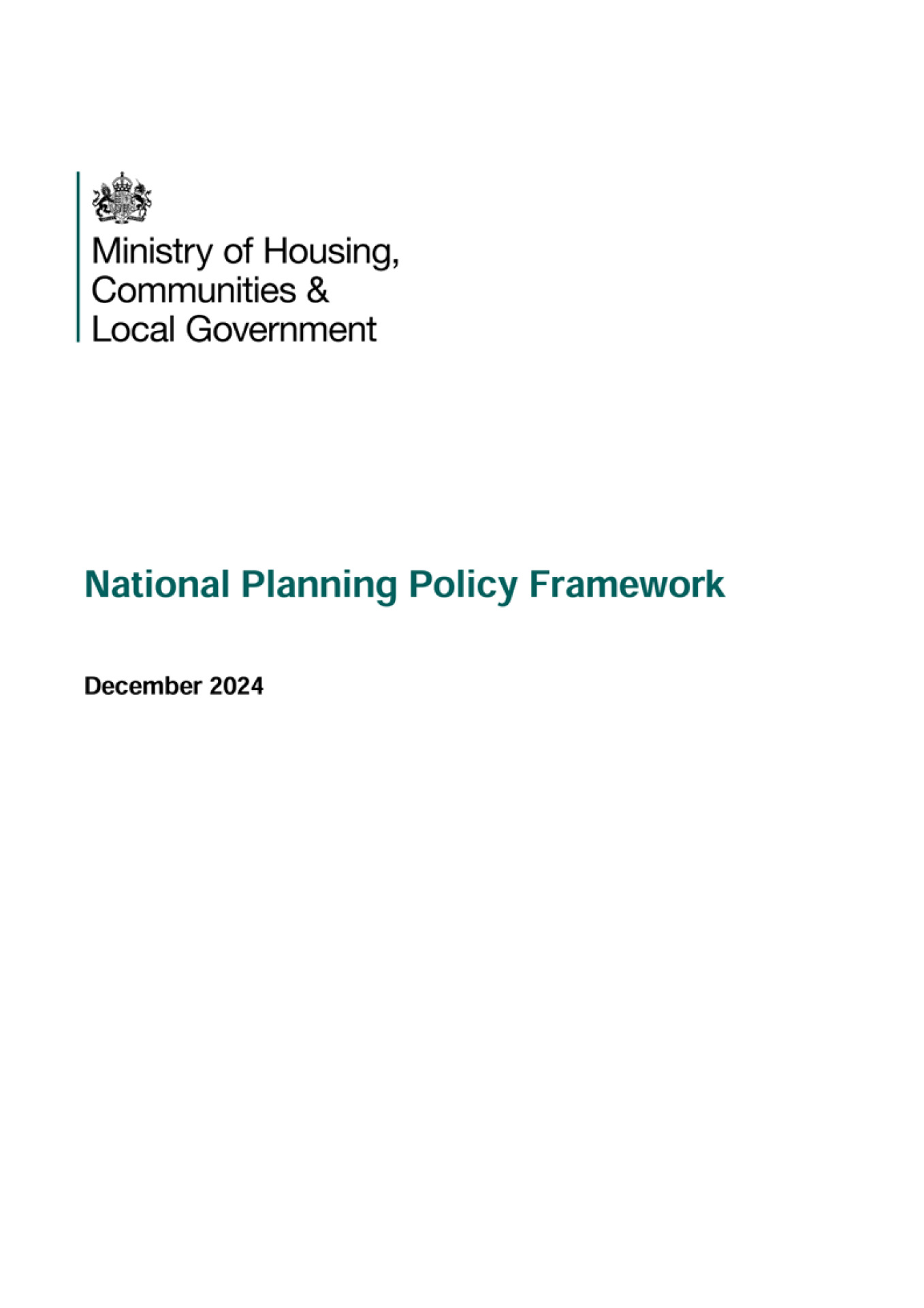
South Warwickshire Local Plan
Local planning authorities are required by the Government to update their Local Plans every five years. The current development plan for Warwick District was adopted in September 2017 and has now fallen significantly out of date. Warwick District Council has acknowledged it needs to prepare a new local plan which it is preparing jointly with Stratford-on-Avon District Council through the emerging new South Warwickshire Local Plan.
The Council’s next stage of consultation (Regulation 19) is scheduled for December 2025.
In light of the significantly increased housing targets for the district, Taylor Wimpey is preparing outline plans for the site alongside the ongoing process of preparing the local plan. This will help to ensure the delivery of homes at an early stage in the plan period, assisting Warwick District Council in maintaining housing supply to meet identified needs.
Radford Semele Neighbourhood Plan
Radford Semele Neighbourhood Plan is a locally produced document that was adopted in 2021. The neighbourhood plan does not allocate any sites for housing, however, policies within the neighbourhood plan are being reviewed to help inform the emerging proposals.
Local Plans are the key documents through which local planning authorities set out a vision and framework for the future development of the area, engaging with their communities in doing so. Local Plans address needs and opportunities in relation to housing, the local economy, community facilities and infrastructure. The Local Plan provides a degree of certainty for communities, businesses and investors, and a framework for guiding decisions on individual planning applications.
Local planning authorities, such as Warwick District Council, have a statutory responsibility to maintain an up-to-date Local Plan, and national policy indicates that Local Plans should be regularly reviewed, with the expectation this is done at least every five years.
Site constraints and opportunities
How local features and landscape have shaped the proposed illustrative layout of the new neighbourhood.
In preparing the concept layout for the site, the technical team appointed by Taylor Wimpey first of all considered the landscape, drainage features, topography and local context of the site.
The following plan shows some of the features and constraints that have informed the emerging outline proposals. Key features include a high pressure gas main a short distance east of the site, a public right of way running along the southern and western boundaries, existing trees and hedgerows on the site boundaries, areas of flood risk to the south of the site, as well as neighbouring properties to the west and east and to the north on the opposite side of Southam Road.
This plan shows an early analysis of some of the site features that have influenced the evolving masterplan for the site - click to enlarge
The outline vision for new homes and extensive green public open space
Taylor Wimpey is preparing an outline planning application for a sustainable new neighbourhood at the site south of Southam Road, including:
- Approximately 140 high-quality family homes in a range of sizes and styles.
- Up to 40% of the new homes will be affordable, including shared ownership homes for first time buyers.
- Scope to provide accessible homes for local people looking to downsize.
- A significant proportion of the site retained as extensive landscaped open space including biodiversity areas.
- A range of outdoor recreational facilities including children’s play areas, community garden/orchard, and a network of new walking routes, as well as pedestrian connections to existing rights of way nearby.
- A development shaped by existing field patterns, with the retention of existing trees and the majority of hedgerows wherever possible, bolstered by extensive new planting to significantly increase tree cover across the site.
- Potential investment to support local infrastructure, for example healthcare and education.
New homes
House types
The planning application is an outline planning application. This type of planning application sets out the broad principles of development, such as maximum number of homes, an illustrative layout and site access arrangements. Should outline planning permission be received, finer details such as specific house types, detailed layout, architecture etc would be subject to a subsequent further planning application (called a reserved matters planning application). This would involve further consultation with the community.
While house types would be determined at the reserved matters planning stage, we have provided imagery of existing Taylor Wimpey developments on this website to provide an idea of the types of high-quality homes we build.
Use the feedback questionnaire to tell us the types of homes you would like to see prioritised in Radford Semele.
Sustainable homes
At Taylor Wimpey, our purpose is to build great homes and create thriving communities. We are embedding sustainability across our business, delivering high-quality homes and places where customers can enjoy a good quality of life and adopt a more sustainable lifestyle.
Our new neighbourhood in Radford Semele will provide energy-efficient homes built to the Future Homes Standard. This will see all homes equipped with air source heat pumps, PV (solar) panels, EV charging infrastructure and very high standards of insulation.
Investing in wider community infrastructure
A key consideration with a planning proposal such as this is to ensure that local services receive the investment they need to accommodate housing growth in the local area.
The development will generate investment into key local infrastructure such as healthcare and education, and investments made will be informed by consultation carried out by Warwick District Council with statutory bodies such as the local NHS Integrated Care Board and the local education authority.
Any investment will be secured via a legally-binding agreement (called a Section 106 agreement) between Taylor Wimpey and the Council. A proportion of the Community Infrastructure Levy (CIL) generated by the development will also be paid directly to Radford Semele Parish Council for investment into local projects.

The development will generate significant funding for key infrastructure such as healthcare and education, to be determined in consultation with local stakeholders such as the NHS, the local education and highways authorities and other statutory consultees
Green infrastructure and ecology
Alongside the delivery of much needed high-quality new homes, the proposed development will also see a significant proportion of the overall site area retained as open space. This will include extensive landscaped public open space, providing public recreational opportunities and areas for biodiversity enhancement.
A network of walking and cycling routes will be set within the extensive new public open space which will also provide play areas, biodiversity areas and a potential community garden or orchard for food growing. There is also the potential to connect the new footpath network to existing public rights of way nearby.
Use the feedback questionnaire to let us know what kind of outdoor facilities you would like to see provided if possible.
Outdoor recreation at existing Taylor Wimpey developments
Ecology
The site is not covered by any landscape designations or tree preservation orders.
From the outset, the development has been landscape-led, being shaped as much as possible by existing landscape features such as hedgerows, trees and field patterns.
There is an opportunity to provide a strong landscape framework at the edges of the site to soften the visual effect of the new development. There is also the opportunity to create ecological habitat enhancement through the creation of a new attenuation basin to the south of the site. This attenuation basin will collect the surface water runoff from the site and will be planted with suitable vegetation in order to encourage wildlife.
The following key landscape principles have informed the current proposals:
- Retention of the two existing public footpaths which run along the boundaries of the site on their existing alignments and incorporation of these routes into the site’s proposed green infrastructure.
- Provision of a new structural tree belt along the southern edge of the new neighbourhood to provide screening in views from the south.
- Provision of children’s play facilities, both equipped and informal play, to serve both new and existing residents.
- Retention of existing trees and hedgerows wherever possible, with proposed access off Southam Road to be informed by a detailed tree survey, minimising any vegetation loss.
- Provision of new areas of semi-natural open space, to include walking routes that link to the surrounding public footpaths, native planting areas and areas of seating, which have been carefully positioned to maximise opportunities for views across the wider countryside to the south.
A significant proportion of the site area will be retained as public open space with significant new planting, delivering biodiversity net gain.
Building with Nature
Taylor Wimpey is proud to be a member of the Homes for Nature programme. This will see the installation of nesting bricks/boxes in every new home and hedgehog highways between gardens.
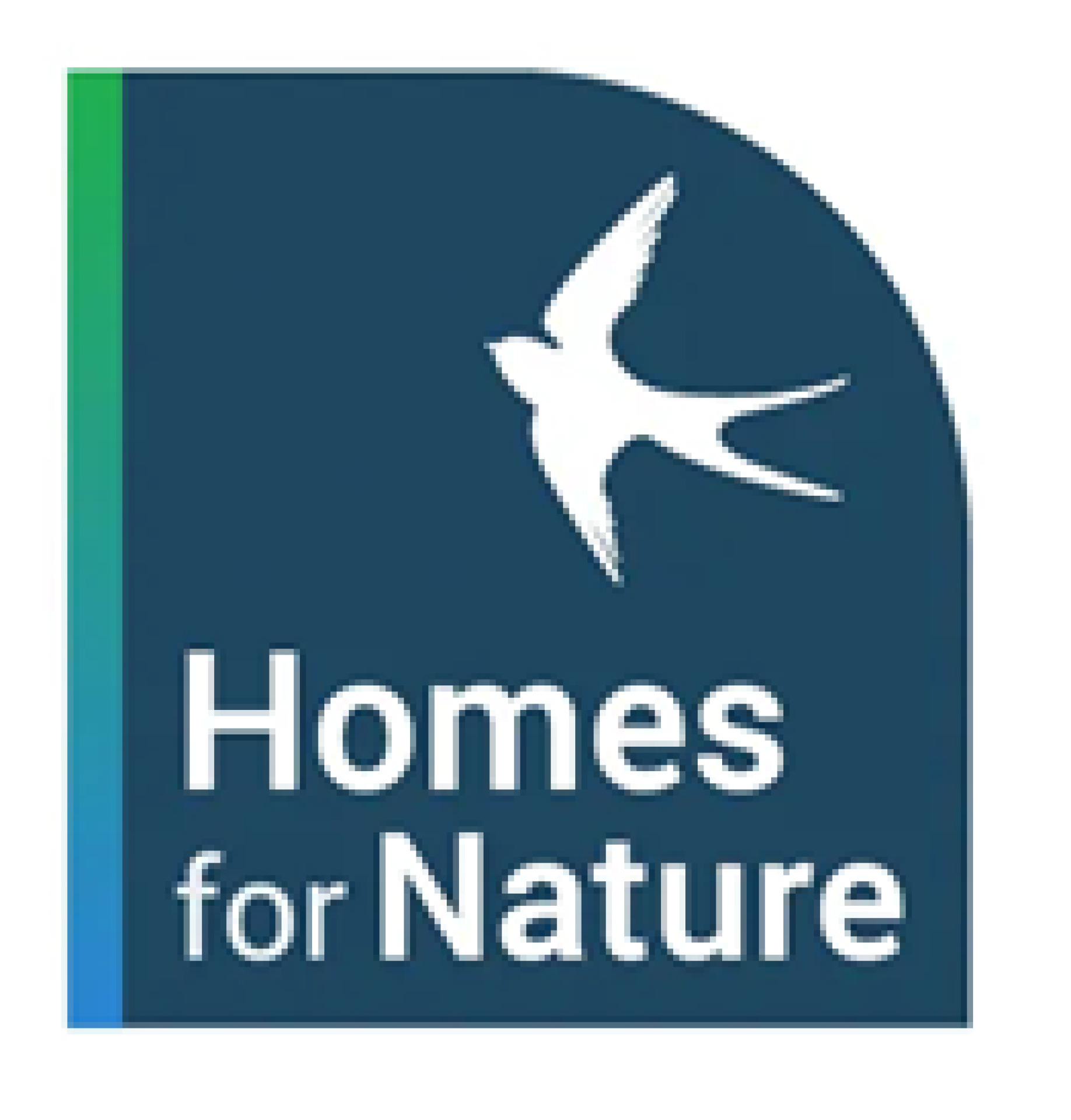
Access and highways
Vehicular access to the site will be taken from Southam Road through the creation of a new priority junction access. This junction and the visibility splays have been designed in accordance with the prevailing speed of traffic which was recorded via a recent automatic traffic survey. 85th percentile speeds have been used to inform the visibility splays.
The development will seek to deliver a new pedestrian footway along the southern side of Southam Road to connect to the existing footpath network. In addition, existing rights of way onto Southam Road and west onto Lewis Road, provides easy access to local facilities and existing public transport services.
Any traffic impact of the proposed development is being tested in accordance with Warwickshire County Council’s (the local highways authority) requirements. The test will assess the development’s impact across the local and wider highway network. It is expected that whilst direct mitigation is unlikely to be triggered, the development will generate investment into local highway infrastructure improvements, to mitigate the cumulative impact of development, in accordance with the Warwick District Infrastructure Delivery Plan.
Drainage
Flood risk from all sources is deemed to be low. The site area is located in Flood Zone 1 of the Environment Agencies flood map for planning, meaning it is at the lowest risk from flooding and is acceptable for housing development. Surface water drainage will be managed by a sustainable drainage system (SuDS), incorporating an attenuation basin located to the south of the development.
The basin will be designed with soft slopes. Fencing around the basin could be considered at the detailed design stage if required. In addition to managing surface water drainage, the basin will also provide new wetland habitat, contributing to biodiversity enhancements on the site.
Archaeology and built heritage
The site is not located within a Conservation Area and there are no listed buildings located on or adjacent to the site.
There are no nationally protected heritage sites, such as Scheduled Ancient Monuments, Registered Battlefields, or World Heritage Sites located within a 1-kilometer area around the site. Therefore, the proposed development is not expected to affect any designated archaeological or heritage assets.
Discussions are ongoing with the local planning authority to agree on the appropriate approach to any necessary archaeological mitigation. This will be informed by the latest survey results and development proposals, ensuring that any potential impacts are managed in accordance with national planning policy.
Assessments of built heritage assets have been carried out to inform and shape the emerging masterplan for the site, and analysis is ongoing in this respect. Initial assessments show no built heritage assets will experience physical impacts as a result of the proposed development.
The site is outside of the setting of listed buildings in the 1km study area and the 19th century chapel, now Radford Semele Baptist Church, located to the west of the study site.
To help blend the new housing with the existing landscape and nearby historic areas, planting along the site boundaries is being considered. This will help soften the transition between different land uses and the surrounding built environment.
Other technical considerations
In preparing an outline planning application for the proposed development, a full suite of technical studies is being completed, including highways, flooding and drainage, ecology, utilities, noise, heritage, contamination etc. However, it is not anticipated that there will be any significant technical constraints to delivering a high quality, sustainable new neighbourhood at this site.
Your feedback
Once you have reviewed the information above and viewed the concept masterplan on our interactive map, please take a moment to complete our short feedback questionnaire.
